“The 26.86kmpl is not just because of the engine,” says CTO at Maruti Suzuki India on the new 2021 Celerio
CV Raman shares insights in to what went in to the engineering of the new Celerio, including the new Heartect platform and the similarities with the WagonR
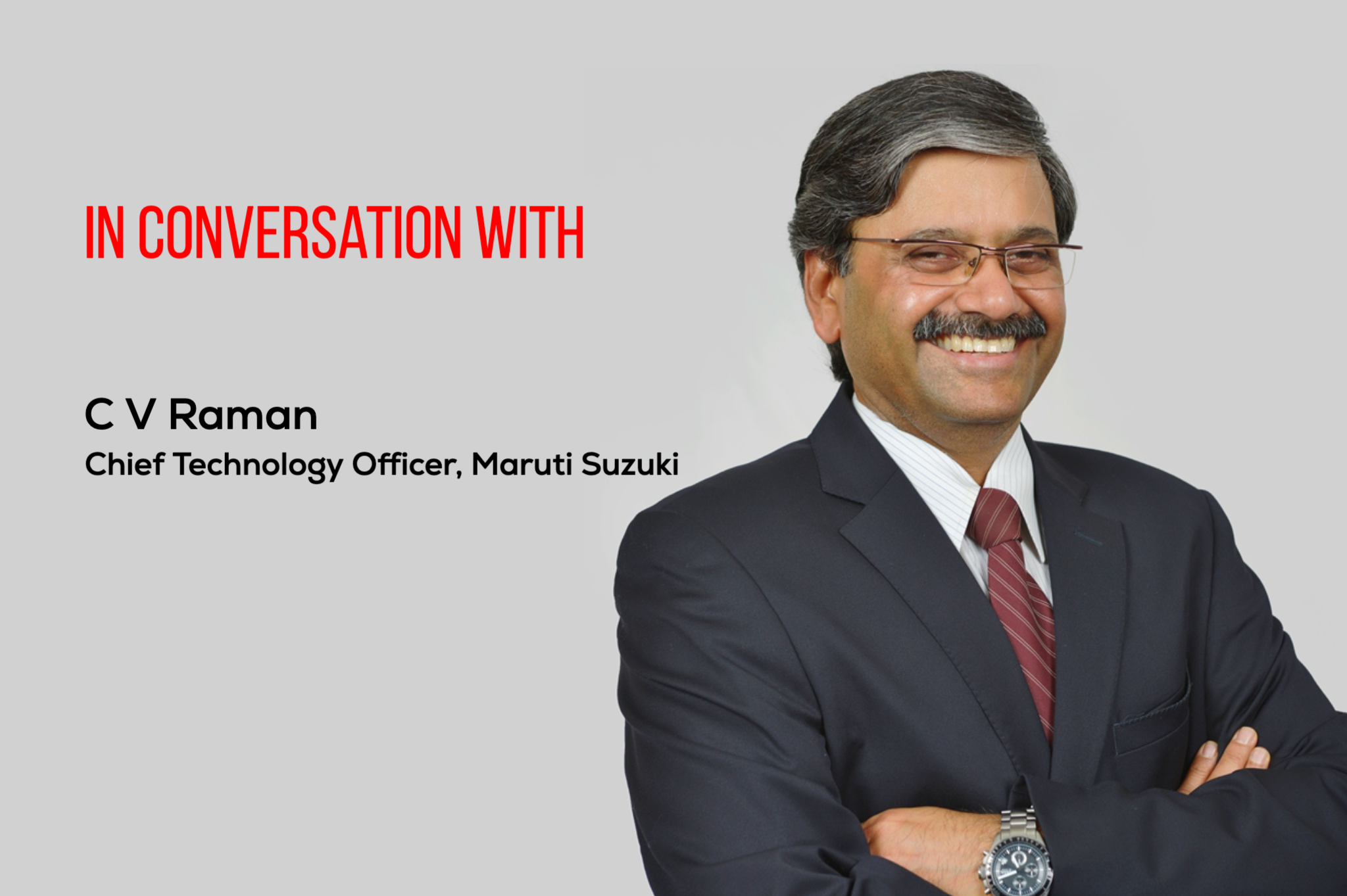 CV Raman elaborates about what went into engineering the 2021 Celerio, the changes that have allowed to achieve that headline fuel efficiency number, and plenty of other interesting engineering insights about this new car.
CV Raman elaborates about what went into engineering the 2021 Celerio, the changes that have allowed to achieve that headline fuel efficiency number, and plenty of other interesting engineering insights about this new car.One the eve of our drive with the 2021 Maruti Suzuki Celerio, we caught up with CV Raman, CTO at Maruti Suzuki India Limited to talk about this new launch. It is a significant one – Maruti’s first all-new car in a long time – and shows Maruti Suzuki’s continued commitment to the small car. The new Celerio features an engine, a new platform, a fresh interior and a lot more space than before. CV Raman elaborates about what went into engineering the Celerio, the changes that have allowed to achieve that headline fuel efficiency number, and plenty of other interesting engineering insights about this new car. Read the full interview below!
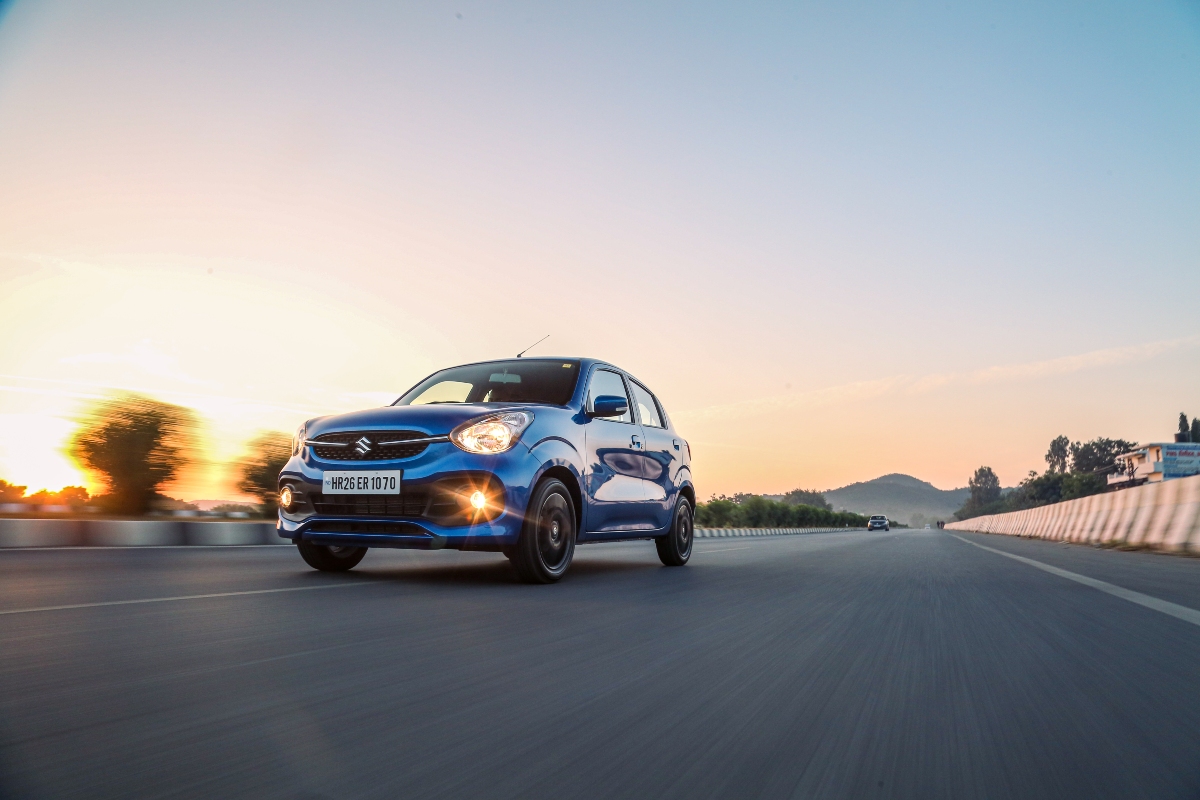 The Celerio being a mid-height vehicle, has a high seating position but still, the styling has to be designed around the hatchback look.
The Celerio being a mid-height vehicle, has a high seating position but still, the styling has to be designed around the hatchback look.Sirish Chandran: Tell us about the engineering of the new Celerio? How long has it been in the making?
CV Raman: I think it's been almost three years since we've started. The target was to have a successor model for the Celerio. Looking at the market of the mid-hatch segment, we understand that it is predominantly for the first-time buyer looking design-oriented, stylish, looking for good comfort and convenience. The Celerio being a mid-height vehicle, has a high seating position but still, the styling has to be designed around the hatchback look. And we also had to design the Celerio to get a good fuel efficiency so as to stay relevant in the future. So starting with the platform, we have upgraded from the fourth-generation platform to the fifth-generation platform.
SC: So could you tell us the difference between the fourth-gen and the fifth-gen platform?
R: The architecture is very similar to what we have in the Swift, the Dzire, or the Baleno where it is designed in a flowing manner for energy absorption. It's just that the tread sizes and the width are different. But the architecture is very similar in terms of energy absorption. So we use a lot more of the high-tensile steel, roughly 45 per cent of the architecture.
In terms of styling, it was supposed to be a global car that was not just for India but was also for Asian, African, as well as other markets. So styling was an important aspect. Coming from the exterior, the body sculpting was a little flatter in the earlier Celerio. Now in this model, the design is more organic. So from the side, we were able to get more width because of the platform. It is wider from the outside. Height-wise it is almost the same. A little bit of tweaking of the overhang, a little more on the rear. And from that packaging point of view, we are able to get more luggage space. We wanted to give more width to the interior which meant a center-facing console that is flowing to the side. We were also able to get more space between the driver and the front passenger due to the width. The wheelbase was about 10mm more, so the tandem distance between the front and the rear was more. And the styling of the instrument panel was such that we were able to get a better knee room on the co-driver side. So this is from the packaging point of view.
The powertrain had to be improved. What was important was that going forward that we have to extract more power from the IC engine. So the new KC series philosophy has been used in the Dzire and the Swift also. So the same was also put into the K10C, which is essentially trying to improve the combustion and reduce the mechanical losses. The mechanical losses happen in two to three areas. One is on the valvetrain, the second is on the timing chain and the third is the viscosity of the piston. So for that the oil was changed from and the roll-off finger-follower was used on the valvetrain and the timing chain was changed to reduce the friction. All these changes were from a mechanical perspective. Other things which were added, two injectors were added. EGR was added, then the integrated exhaust manifold as well. Third was VVT which is a very important point. Third important point is the ignition and we tried to reduce the pumping loss with the help of the VVT. So by keeping the power and the torque figures similar, we were able to improve the efficiency of the engine. But this is one part of it. The 26.86kmpl is not just because of the engine, it is also because of the drivetrain, aerodynamics, design and the low rolling resistance of the tyres. Last is the idle start/stop. So that further improves the mileage aspect of the car. And this 26.68kmpl is what we are saying for the VXI with the AMT gearbox.
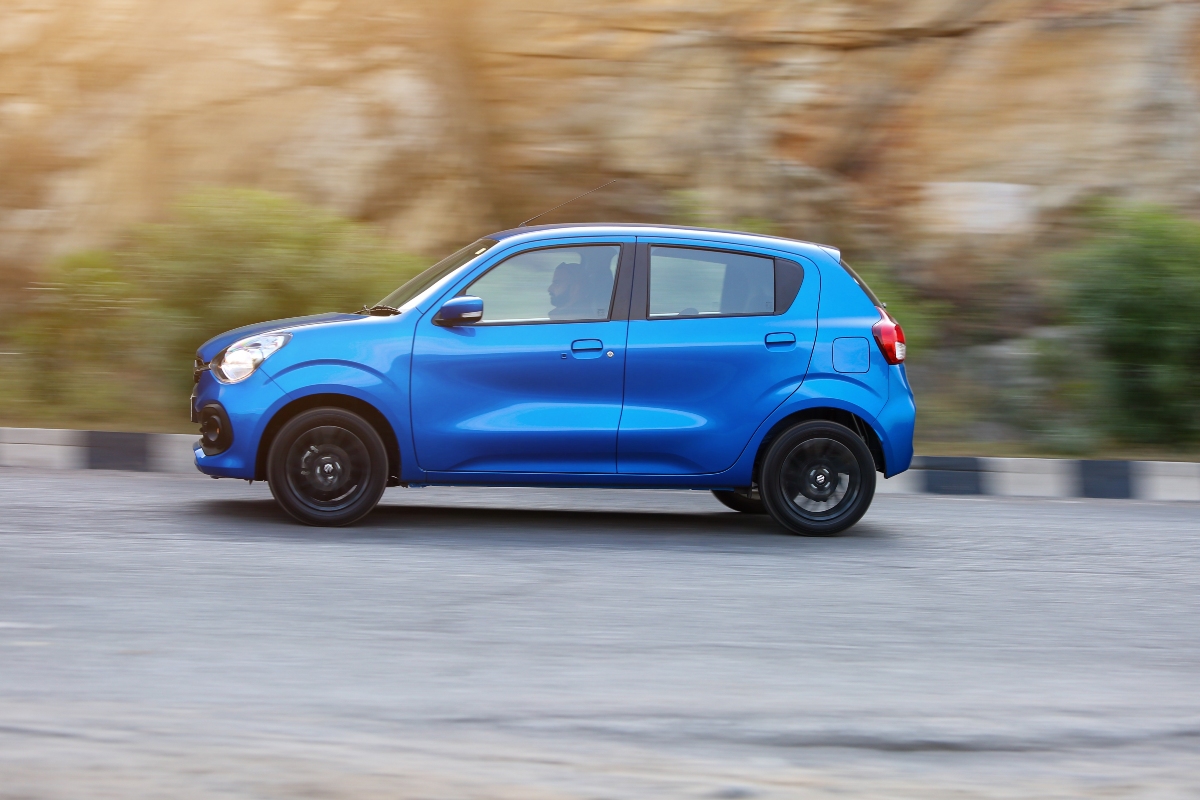 Yes, the AMT is better than the MT by almost 1.4kmpl. That's because it’s able to intelligently make the gear shifts with the AMT.
Yes, the AMT is better than the MT by almost 1.4kmpl. That's because it’s able to intelligently make the gear shifts with the AMT.SC: So you're saying that the AMT is better than the MT? How is it better?
R: Yes, the AMT is better than the MT by almost 1.4kmpl. That's because it’s able to intelligently make the gear shifts with the AMT. That is because in the manual, a person takes time to shift between gears. So the AGS helps as it is talking to both the TCU and the ECU and therefore, it will do better.
SC: But in the real world, won't the manual be better?
R: In the real world it is dependent on how the AGS works. It will depend on how you drive. Again it will be person-dependent whether it be the manual or the automatic. But if you are going for a city drive and do not demand too much from the engine, you will get good efficiency from the automatic. The difference between the on-road and the real world will be a little less due to the new BS6 test cycle which we are testing on. The customer can also get better fuel efficiency than the one we claim. So the 26.68kmpl fuel efficiency was one of the big talking points for us.
And of course we have dual airbags and force limiters and all the other safety features which are required. For comfort and convenience, we have the infotainment system that has been made smart with the integration of the Android Auto and all of that. So all in all, for the first-time buyer in the hatch segment, which is nearly 47 per cent of the market, we think that a sizable part of it would be willing to move to this type of vehicle.
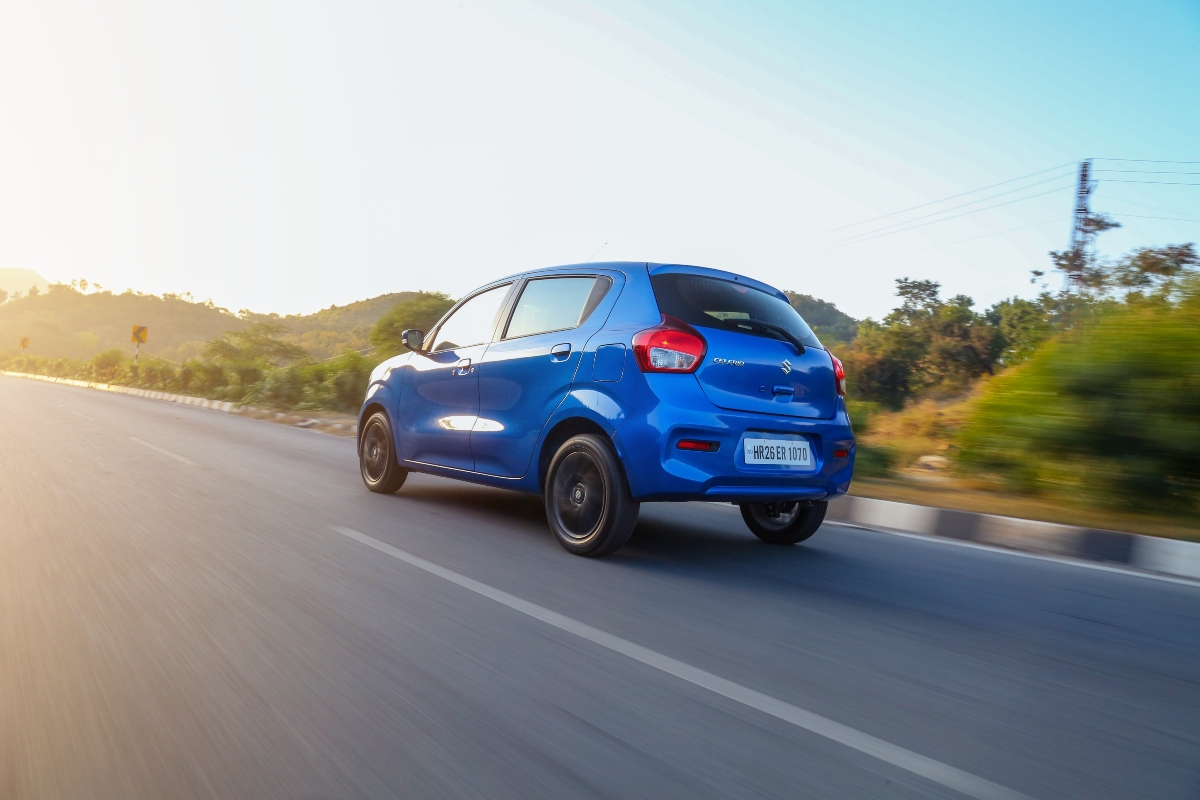 Space is an important factor in the Celerio as space is one of the biggest demands from the Indian customers.
Space is an important factor in the Celerio as space is one of the biggest demands from the Indian customers.
SC: What about the weight of the car?
R: Because of the high tensile steel, weight is almost the same when compared to the old Celerio. But the kerb weight may be a little bit different, even lower than the old one.
SC: What is the exact weight of the car?
R: The weight of the car is 815kg. So the LXI is 800kg while the VXI is 810kg. The DIW difference is almost 1.5kg.
SC: There are no carryover parts from the earlier Celerio?
R: Carryover parts would be the transmission from the Wagon R. Otherwise there are no carryover parts.
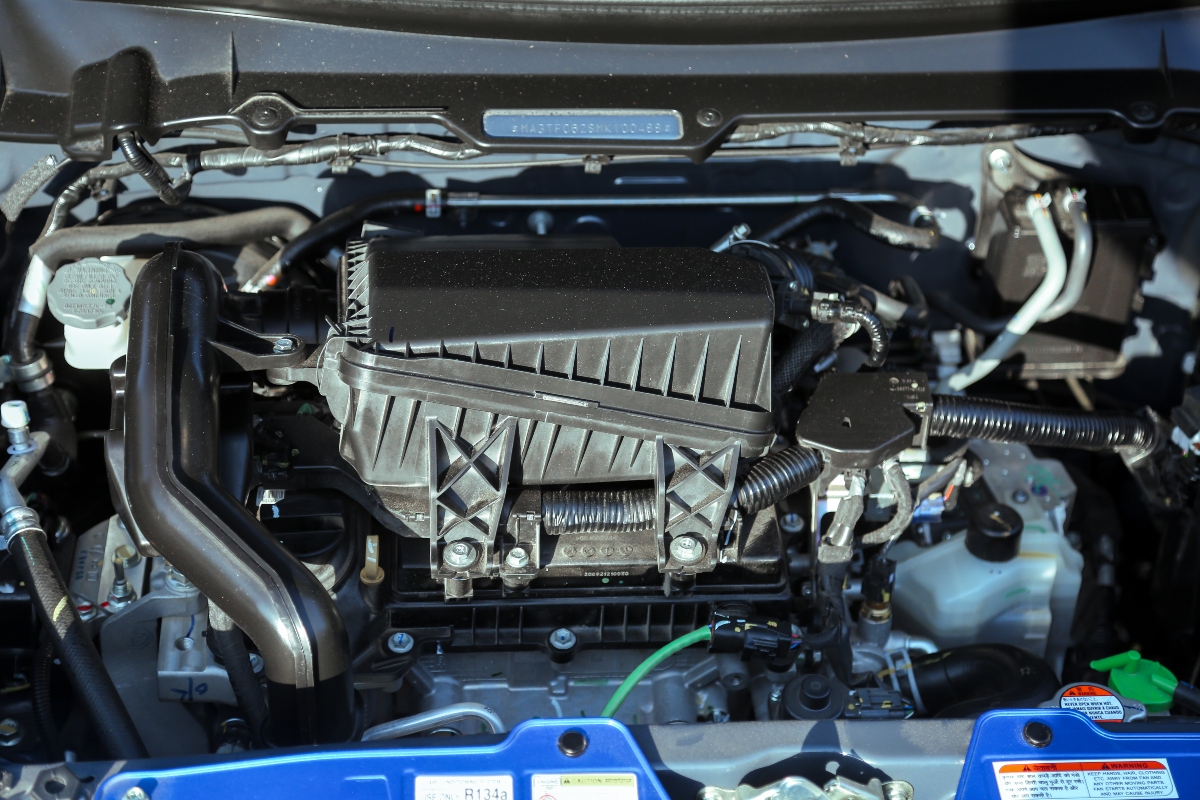 Despite producing the same power and torque figures as the old Celerio, the new one gives a lot more mileage.
Despite producing the same power and torque figures as the old Celerio, the new one gives a lot more mileage. SC: And what have you learned from the Wagon R that you have probably incorporated into the Celerio?
R: They are two different types of segment vehicles because the Wagon R has its own following and customers in a way. But in terms of learning, we planned that we wanted to have more space. This was one thing that was important. The customer wants more space. And that's the aspect we were trying to get from the K platform. And Wagon R was additionally built on the K platform, the earlier model if you remember. So this space was important and the same thing happened with the Celerio. Giving more space is important for the Indian customer. That is very clear along with design and fuel efficiency.
SC: Customers now are looking more into crash safety. How much better is it than the old Celerio?
R: It is definitely better because the old Celerio was meeting the crash norms but was not on the HEARTECT platform. This is on the HEARTECT platform. So definitely with dual airbags and ABS as standard and having High Tensile Steel giving us better rigidity by 20 per cent over the previous Celerio, it would definitely give us better safety ratings and from an impact standpoint it will be better.
SC: On the Celerio, you looked at the styling, you looked at the space, do you also focus on the ride and handling of the car? If yes, then what has been done to improve them?
R: When we look at it from a handling perspective, it is optimised for India. Because in India, we don't have that level of requirement. Ride comfort, especially, in the different types of terrain is more important for the Indian customer. So we tune more for the ride and we give more preference to ride quality than handling. In Europe, it may be the other way around where the handling has got to become more important and the rear seat is not that important. The ride quality is something that the European market would compromise on, but we have to tune the Indian cars to the multiple terrains it faces over handling capabilities.


